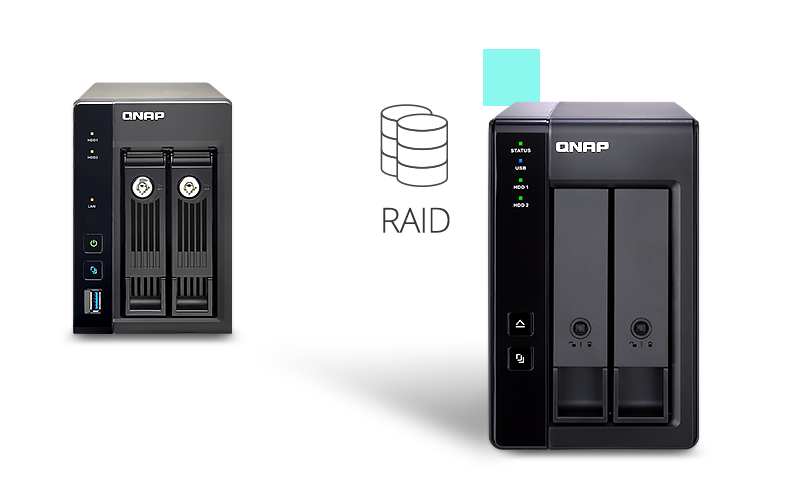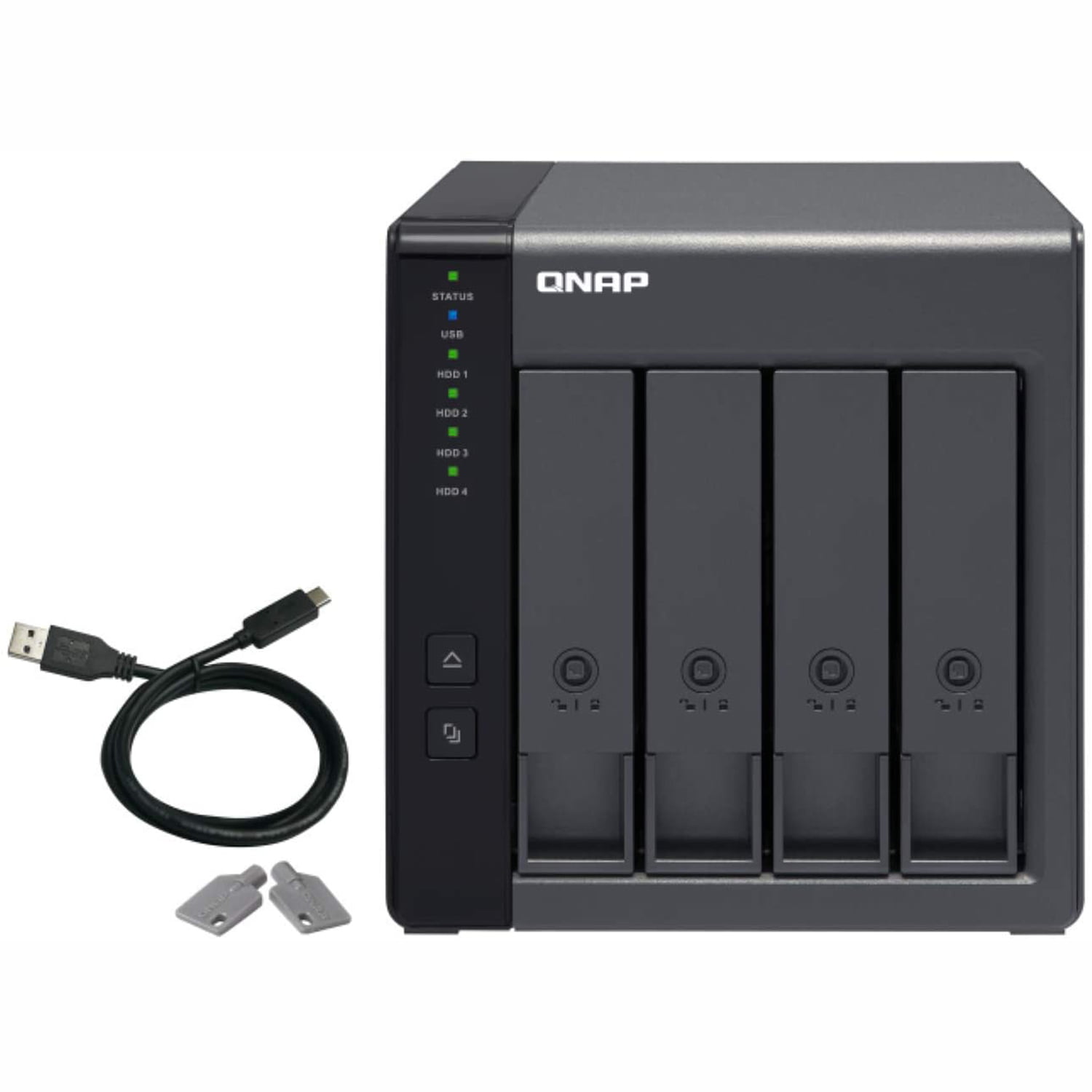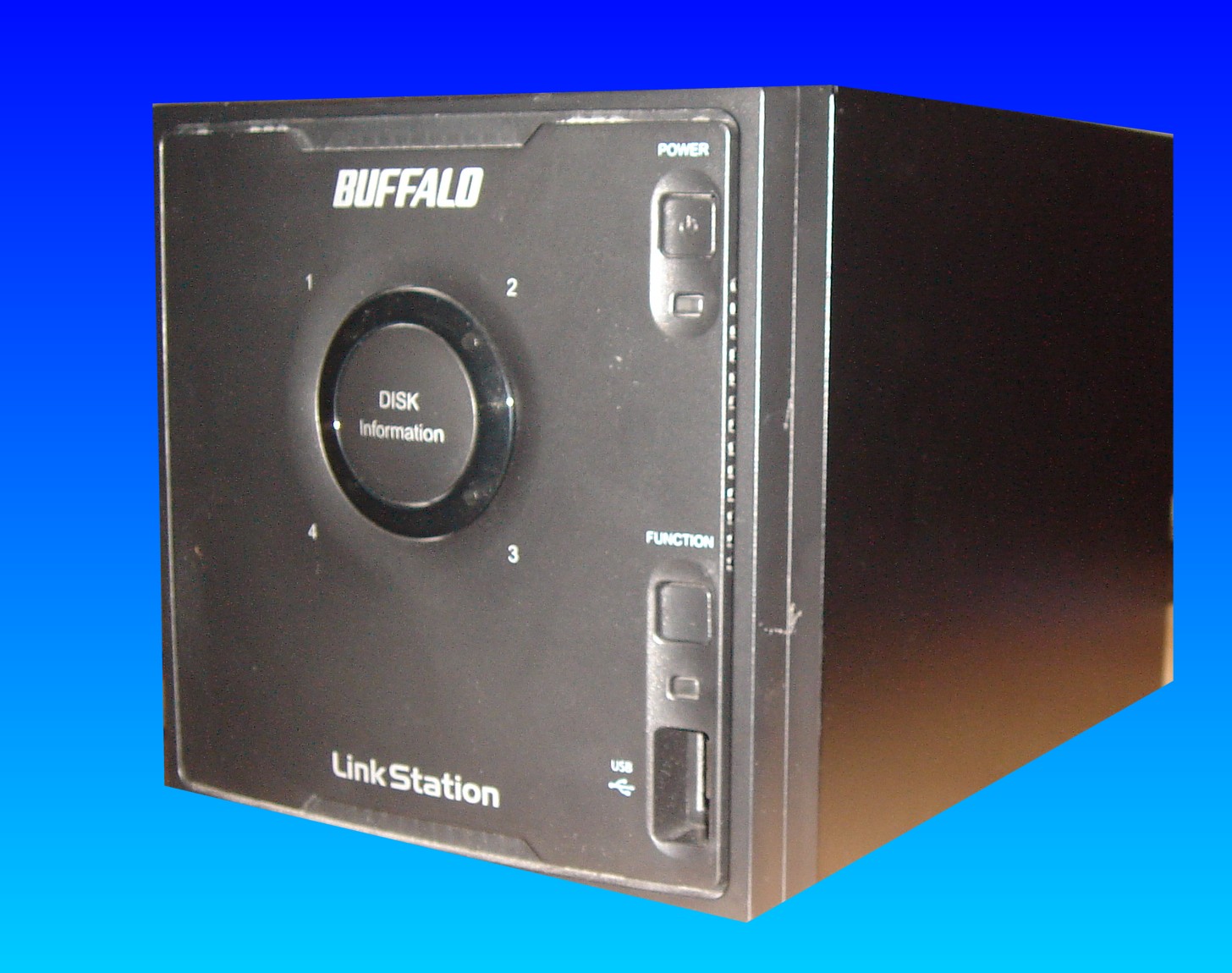
If a single hard drive fails, data remains available on the other hard drive in the volume. RAID 1 provides enhanced data security since all data is written to each hard drive in the volume. A recommended option is SimplyRAID or RAID 5, which offer comparable performance and data protection in case a single hard drive fails. If one hard drive fails, all data becomes inaccessible. However, RAID 0 lacks a very important feature: data protection. Further, the capacities of each hard drive are added together for optimal data storage. RAID 0 is the fastest RAID mode since it writes data across all of the volume's hard drives. Should a hard drive fail, all data on that hard drive will be lost. JBOD’s weakness is that it has no data protection.

Two advantages to this level of RAID are: Once Disk 1 is full, data will be written to Disk 2, then Disk 3, etc. For example, data is written to Disk 1 first. Hard drives in a JBOD configuration store data sequentially. SimplyRAID will calculate the overhead and prepare it for future expansion. However, one 1TB hard drive paired with one 2TB hard drive only creates 1TB of protection since data cannot surpass the storage capacity of the smallest hard drive. For example, two 1TB hard drives will create a RAID 1 array without any storage capacity overhead. This means that, unlike standard RAID models, you can easily expand the array without losing data. Rather then lose storage capacity overhead in mixed hard drive environments, SimplyRAID preserves the extra space for use when new hard drives are added to the enclosure. Most RAID modes use equal disk capacities among the pool of hard drives to protect data. However, SimplyRAID will optimize storage capacity far better than RAID 6 in mixed capacity configurations. Further, RAID 0 performance approximates that of RAID 5, which provides data protection if a hard drive fails.Įxample 2: Both RAID 6 and SimplyRAID Dual offer data protection even if two hard drives fail. However, it has a major weakness: no data protection. Choose a RAID's radio button to review its strengths and weaknesses in the center of the window.Įxample 1: When making comparisons in a volume with four hard drives, RAID 0 is the best choice for storage capacity. The New network volume wizard offers star ratings for each RAID at the RAID selection step. For example, a volume with four hard drives supports all levels of RAID except for RAID 1, which is not compatible with volumes greater than three hard drives. The level of RAID available to a volume is contingent upon the amount of hard drives in the enclosure.
#Setup raid nas for mac how to
Note: Step-by-step instructions on how to create a new volume are available in New network volume wizard. Click on the i next to Select your choice to review the ratings. The star ratings are available within the tooltip on the RAID selection step. To help administrators configure RAID volumes, the NAS OS New network volume wizard provides a star rating system with an intuitive storage capacity bar. Understanding NAS OS RAID is critical when deciding how best to apportion the hard drives in your NAS.

Get help choosing your RAID Tooltip: star ratings for RAID hardware, network, etc.), it is recommended that all users back up data to a DAS or another NAS. Important info on NAS backup: To further protect data against the loss of a hard drive or secondary points of failure (e.g. Therefore, when new hard drives in the enclosure are available, it is highly recommended that you expand the single-disk volume to protect your data (see Single-disk and unprotected volumes:expansion). However, there is NO DATA PROTECTION when the volume has only one hard drive. Note on enclosures with one hard drive: You can create a SimplyRAID or a RAID 1 volume with a single hard drive.

Single-disk protection: data is safe if one hard drive fails.ĭouble-disk protection: data is safe if two hard drives fail.


 0 kommentar(er)
0 kommentar(er)
